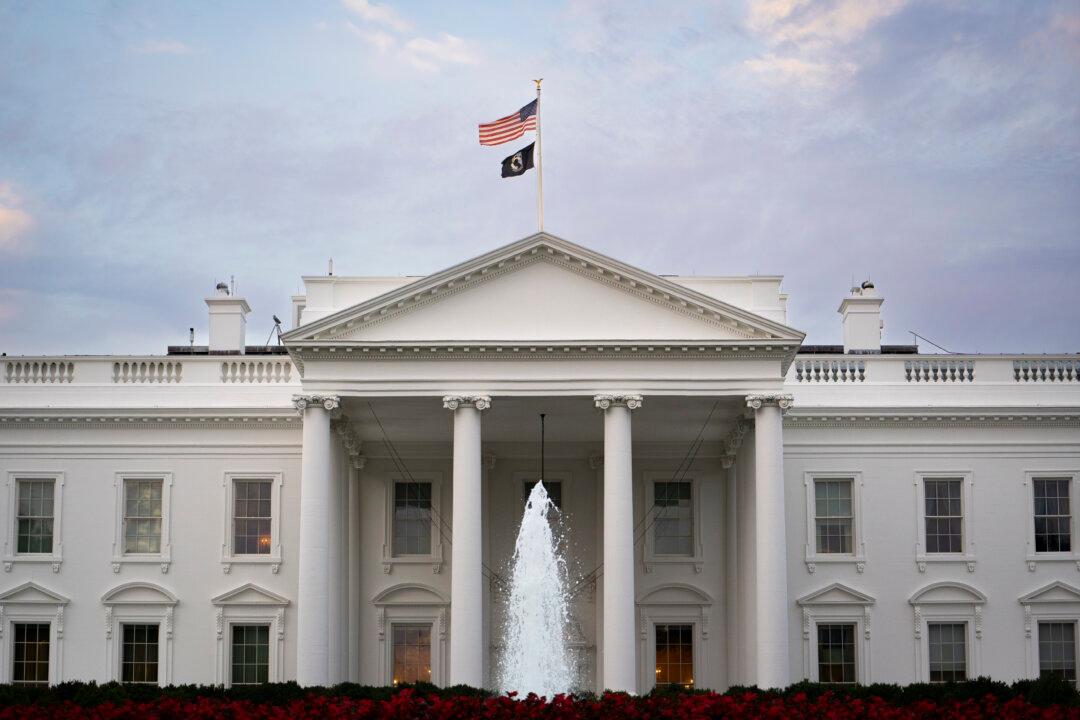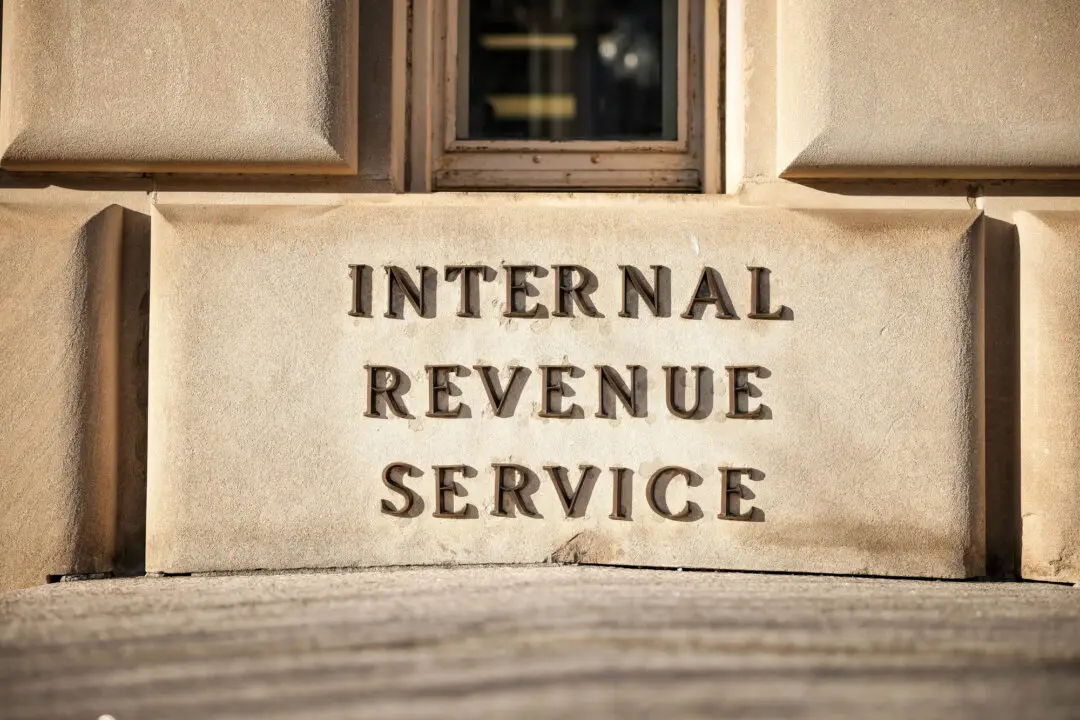As President Joe Biden on Monday touted his apparent deficit-cutting mettle, a nonpartisan fiscal policy research group warned of an “unprecedented” explosion in the federal budget deficit, which it said is on track to double to $2 trillion this year.
In a Labor Day speech in Philadelphia on Monday, President Biden touted his economic policies while taking a series of jabs at his predecessor, President Donald Trump.





